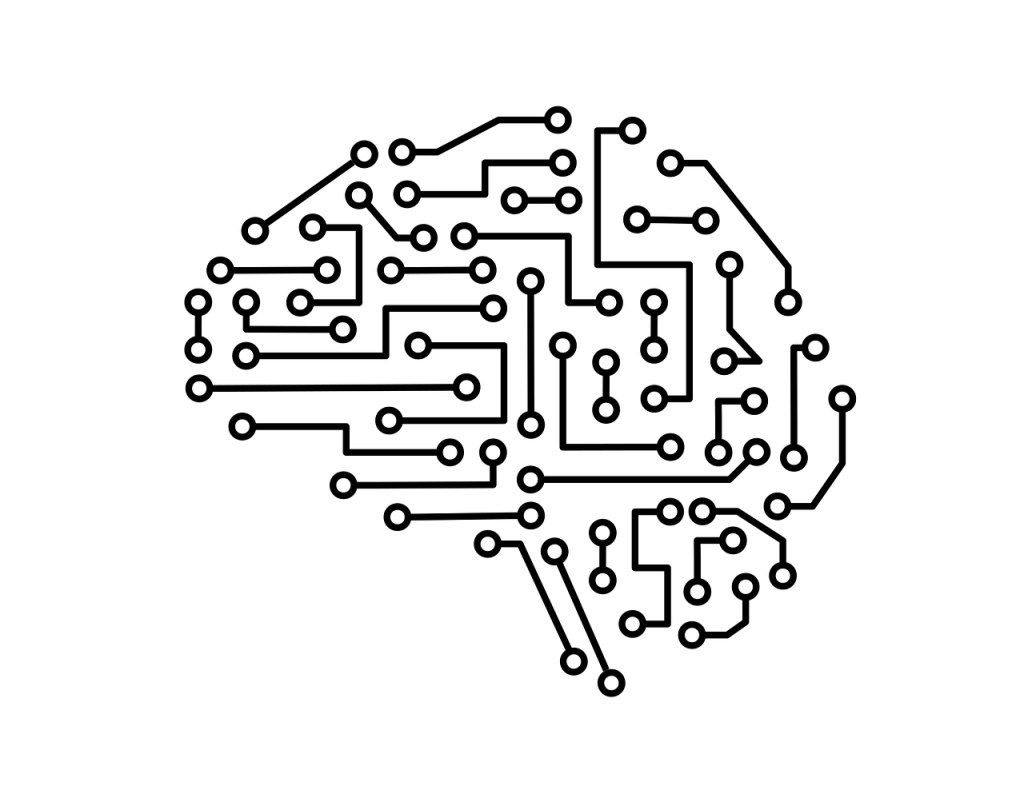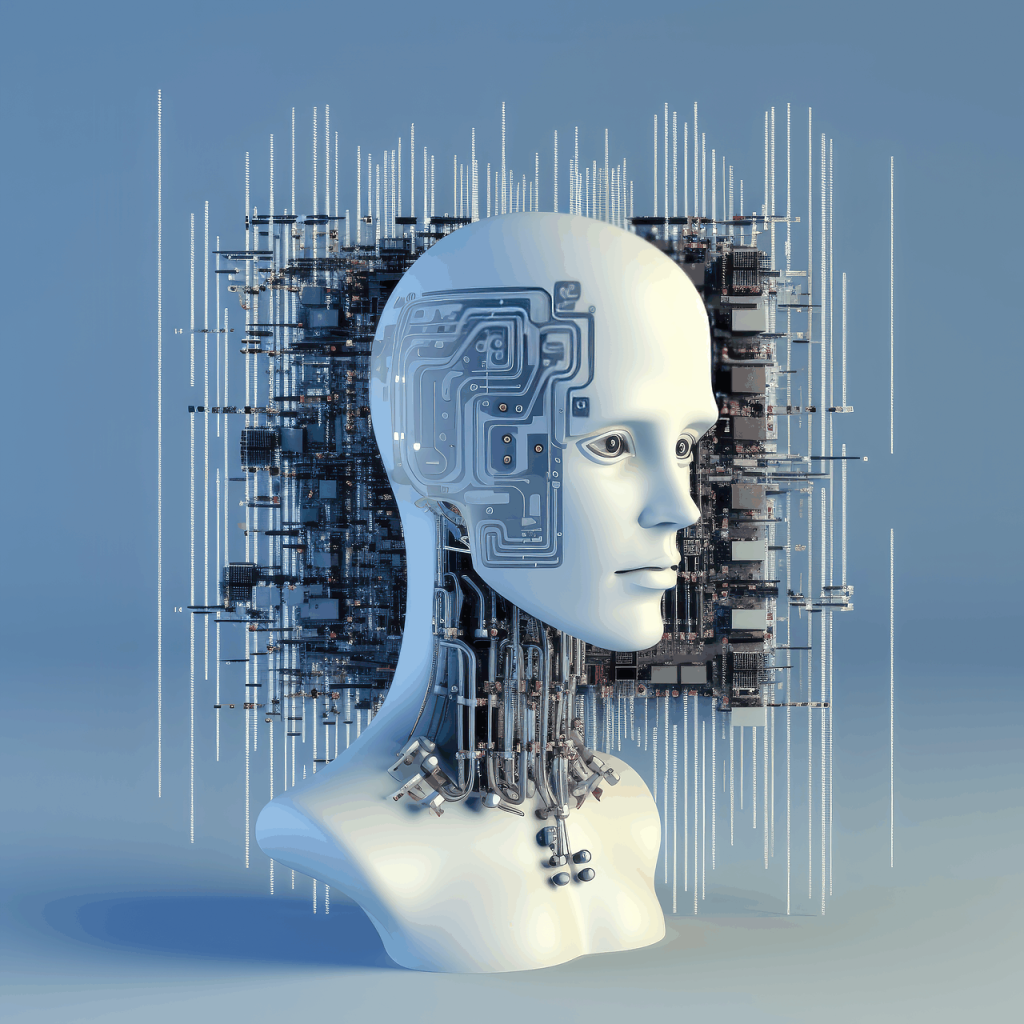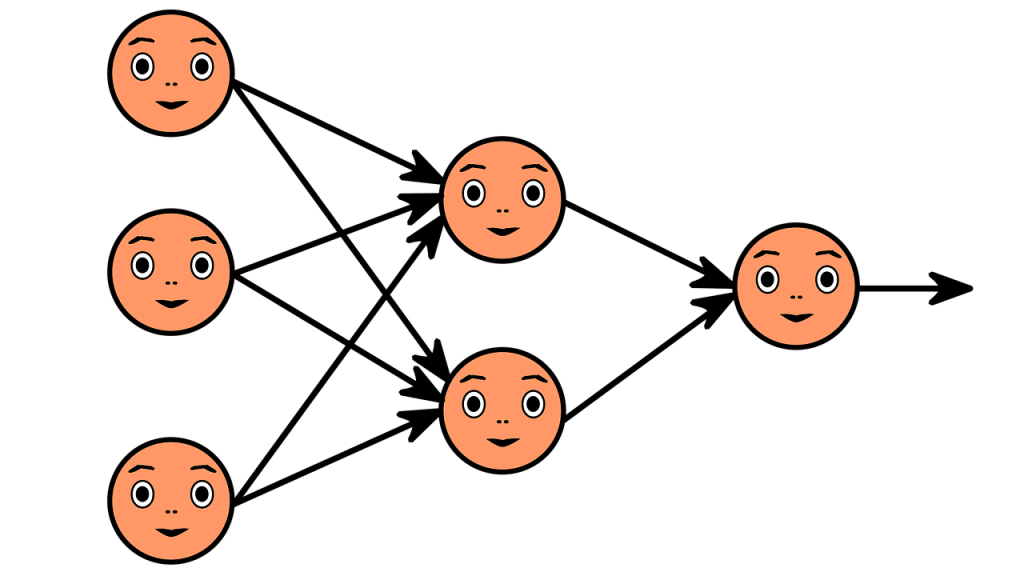Imagine a world where computers can learn and think just like humans. This thrilling notion is becoming a reality thanks to the incredible power of artificial intelligence (AI) and neural networks. So, what exactly are neural networks and why are they crucial for AI? Neural networks are a fundamental component of AI, designed to emulate the human brain’s ability to process and analyze information. By utilizing interconnected layers of nodes and complex algorithms, neural networks enable computers to recognize patterns, make predictions, and even make decisions. Their importance lies in their ability to tackle complex problems and improve their performance over time, making them indispensable in various industries such as healthcare, finance, and transportation. Get ready to explore the fascinating world of neural networks and discover how they are transforming the future of AI.

What Are Neural Networks?
Definition of neural networks
Neural networks are a fundamental concept in the field of artificial intelligence (AI). They are computational models inspired by the workings of the human brain, designed to perform complex tasks by simulating the behavior of interconnected neurons. These networks are made up of layers of artificial neurons and utilize a series of mathematical operations to process and analyze data. By mimicking the structure and functionality of the human brain, neural networks have revolutionized the field of AI and contributed to significant advancements in various applications.
Basic structure of neural networks
Neural networks consist of three key components: the input layer, hidden layers, and the output layer. The input layer receives data or information that needs to be processed, which is then passed on to the hidden layers. The hidden layers are where most of the computational processing occurs, with each layer contributing to the extraction of increasingly complex features from the input data. Finally, the output layer provides the desired output or prediction based on the processed information. The interconnections between these layers allow for the transmission of information and the flow of data through the network.
Working of neural networks
Neural networks work based on a series of mathematical operations and algorithms. The input data is fed into the network, and each artificial neuron in the hidden layers performs a weighted sum of its inputs, followed by the application of an activation function. This activation function determines whether the neuron should be fired or not, allowing for the non-linear behavior of the network. These activation values are then passed to the next layer, and the process continues until the output layer is reached. This process, known as forward propagation, allows the network to compute and output results. Additionally, neural networks employ a learning process called backpropagation, where errors in the output are propagated backward through the network to adjust the weights and improve the accuracy of future predictions.
Why Are Neural Networks Important for AI?
The role of neural networks in AI
Neural networks play a crucial role in AI applications by enabling machines to learn, adapt, and make intelligent decisions. They excel at pattern recognition and can process vast amounts of data, allowing for complex tasks such as image recognition, natural language processing, and recommendation systems. By structuring AI systems around neural networks, researchers and developers can create models that approximate human intelligence, enabling machines to perform tasks that were once considered exclusive to humans.
Advantages of neural networks in AI
There are several advantages to using neural networks in AI. Firstly, neural networks possess non-linearity and adaptability, meaning they can handle complex relationships and adjust their behavior based on changing input data. This flexibility allows them to handle diverse and dynamic situations, making them highly versatile in solving various real-world problems. Secondly, neural networks are robust to noisy data, meaning they can still provide accurate predictions even in the presence of incomplete or unreliable information. Lastly, neural networks are capable of parallel processing, allowing for efficient computation and the ability to handle multiple tasks simultaneously.
Applications of neural networks in AI
Neural networks find applications in a wide range of AI domains due to their effectiveness in various tasks. One such application is image recognition, where neural networks can analyze and classify images with impressive accuracy. For example, they can identify objects within images, recognize faces, and even provide captions or descriptions for visual content. Natural language processing is another area where neural networks excel. By analyzing patterns and structures within text data, neural networks can perform tasks such as sentiment analysis, language translation, and question answering. Additionally, neural networks are widely used in recommendation systems, where they analyze user preferences and behaviors to provide personalized suggestions and recommendations.
Definition of Neural Networks
Artificial neurons
At the core of neural networks are artificial neurons, also known as perceptrons. These neurons are designed to imitate the behavior of biological neurons found in the human brain. They receive inputs from other neurons and perform a weighted sum of these inputs. This sum is then passed through an activation function to produce an output or activation value. The activation function determines the firing behavior of the neuron and introduces non-linearity into the network.
Interconnections and layers
Neural networks consist of interconnected layers of artificial neurons. Each neuron in one layer is connected to multiple neurons in the subsequent layer. This interconnection allows for the propagation of information through the network. The layers in a neural network can be categorized into three types: input layer, hidden layers, and output layer. The input layer receives the initial data, the hidden layers perform computation and feature extraction, and the output layer provides the final result or prediction.
Function approximation
Neural networks are often used for function approximation, where they learn to approximate complex relationships between input and output data. By training on a large dataset with known input-output pairs, neural networks can learn the underlying patterns and mathematical functions that map the inputs to the desired outputs. This ability to approximate functions makes neural networks suitable for a wide range of tasks, from regression and classification problems to more complex tasks like language generation and image synthesis.
Basic Structure of Neural Networks
Input layer
The input layer is the first layer in a neural network and serves as the entry point for the input data. Each neuron in the input layer represents a different feature or attribute of the input data. For example, in an image recognition task, each neuron in the input layer might represent a different pixel in the image. The values of these neurons represent the intensity or presence of a particular feature in the input data.
Hidden layers
Hidden layers are the intermediate layers between the input and output layers in a neural network. These layers play a crucial role in processing the input data and extracting relevant features. Each neuron in the hidden layers receives inputs from all neurons in the previous layer and performs a weighted sum of these inputs. This sum is then passed through an activation function to determine the firing behavior of the neuron.
Output layer
The output layer is the final layer in a neural network and provides the desired result or prediction based on the processed information. The number of neurons in the output layer depends on the task at hand. For example, in a binary classification task, there may be a single output neuron that represents the probability of belonging to one class. In a multi-class classification task, each output neuron may represent the probability of belonging to a specific class.

Working of Neural Networks
Activation function
Activation functions play a crucial role in determining the firing behavior of artificial neurons. They introduce non-linearity into the network and allow for complex computations. Common activation functions include the sigmoid function, which maps inputs to values between 0 and 1, and the ReLU (Rectified Linear Unit) function, which passes values above a certain threshold directly and sets all negative values to zero. The choice of activation function depends on the specific task and the desired behavior of the neural network.
Weighted connections
Neural networks employ weighted connections between neurons to adjust the importance of each input in the overall computation. These weights are initially assigned random values and are updated during the learning process to improve the accuracy of the network’s predictions. The weights determine how strongly the inputs influence the activation of a particular neuron, allowing the network to learn the importance of different features in the input data.
Forward and back propagation
The working of neural networks involves two main processes: forward propagation and backpropagation. During forward propagation, the input data is fed through the network, and the weighted sums of inputs are computed at each neuron. These sums are then passed through the activation function, producing the activation values of the neurons in each layer. The final activation values determine the output or prediction of the neural network. In backpropagation, the errors in the output are propagated backward through the network, allowing the weights to be adjusted based on the difference between the predicted and desired outputs. This iterative process continues until the network achieves the desired level of accuracy.
The Role of Neural Networks in AI
Imitating human brain
Neural networks are designed to imitate the structure and functionality of the human brain. By simulating the behavior of interconnected neurons, neural networks aim to replicate the complex processes that occur in the human brain during tasks such as perception, learning, and decision-making. This imitation allows machines to exhibit intelligent behavior and perform tasks that traditionally required human intelligence.
Learning from data
One of the key roles of neural networks in AI is their ability to learn from data. By training on large datasets with known input-output pairs, neural networks can identify patterns, correlations, and underlying relationships. This learning process allows the network to make accurate predictions on new, unseen data. The ability to learn from data is particularly valuable in applications where explicit programming or rule-based approaches are impractical or inefficient.
Making complex decisions
Neural networks excel at making complex decisions based on input data. By processing and analyzing vast amounts of information, neural networks can identify intricate patterns and relationships that may not be easily discernible to humans. This capability enables them to perform complex tasks such as image recognition, natural language processing, and decision-making in various domains. Neural networks are often used to solve problems where traditional algorithms or analytical methods fall short due to their ability to handle non-linear and high-dimensional data.

Advantages of Neural Networks in AI
Non-linearity and adaptability
One of the key advantages of neural networks in AI is their ability to handle non-linear relationships. Traditional algorithms often assume linear relationships between variables, which limits their ability to model complex, non-linear problems. Neural networks can capture non-linear patterns and relationships in the data, allowing them to solve a wide range of problems that traditional approaches cannot. Additionally, neural networks exhibit adaptability, meaning they can adjust their behavior based on changing input data or environments. This adaptability makes neural networks robust and capable of handling diverse and dynamic situations.
Robustness to noisy data
Neural networks are robust to noisy or incomplete data, making them suitable for real-world applications where the input data may contain errors or uncertainties. The weighted connections between neurons in a neural network allow for robustness to noise, as the network can learn to assign less importance to noisy or irrelevant features in the data. This robustness enables the network to provide accurate predictions even in the presence of imperfect or unreliable information.
Parallel processing
Neural networks are inherently parallelizable, meaning they can perform multiple computations simultaneously. This parallel processing capability allows for efficient computation and enables neural networks to handle large datasets and complex tasks. By leveraging parallel processing, neural networks can significantly speed up the computational time required for training and inference tasks. Additionally, parallel processing allows for the efficient use of hardware resources, making neural networks suitable for deployment on modern parallel computing architectures such as GPUs (Graphics Processing Units).
Applications of Neural Networks in AI
Image recognition
Neural networks have revolutionized the field of image recognition. By training on large datasets of labeled images, neural networks can learn to identify objects, recognize faces, and classify images accurately. Convolutional neural networks (CNNs), a type of neural network specifically designed for image analysis, have achieved remarkable success in tasks such as object detection, image segmentation, and even generating artistic images. The ability of neural networks to analyze and interpret complex visual information has fueled advancements in various domains, including healthcare, autonomous vehicles, and security systems.
Natural language processing
Natural language processing (NLP) is another field where neural networks have made significant contributions. Neural networks can process and analyze textual data, enabling tasks such as sentiment analysis, language translation, and information retrieval. Recurrent neural networks (RNNs), a type of neural network capable of handling sequential data, have been particularly successful in language modeling and generating coherent text. They have also played a pivotal role in the development of chatbots, virtual assistants, and voice recognition systems, enabling more natural and human-like interactions with machines.
Recommendation systems
Neural networks are widely used in recommendation systems, which aim to provide personalized suggestions and recommendations to users. By analyzing user preferences, behaviors, and historical data, neural networks can predict and recommend items that match the user’s interests or preferences. Collaborative filtering, a technique commonly used in recommendation systems, relies on neural networks to learn the underlying patterns and similarities between users and items. This enables the system to make accurate recommendations, leading to a more personalized user experience in domains such as e-commerce, streaming platforms, and social media.
In conclusion, neural networks are a fundamental concept in AI that imitate the workings of the human brain. They consist of interconnected layers of artificial neurons and use mathematical operations to process and analyze data. Neural networks are important for AI because they enable machines to learn, adapt, and make intelligent decisions. They possess advantages such as non-linearity, adaptability, robustness to noisy data, and the ability to parallel process. Neural networks find applications in various domains, including image recognition, natural language processing, and recommendation systems. Their ability to imitate the human brain, learn from data, and make complex decisions has propelled AI to new heights, revolutionizing numerous industries and opening up exciting possibilities for the future.













